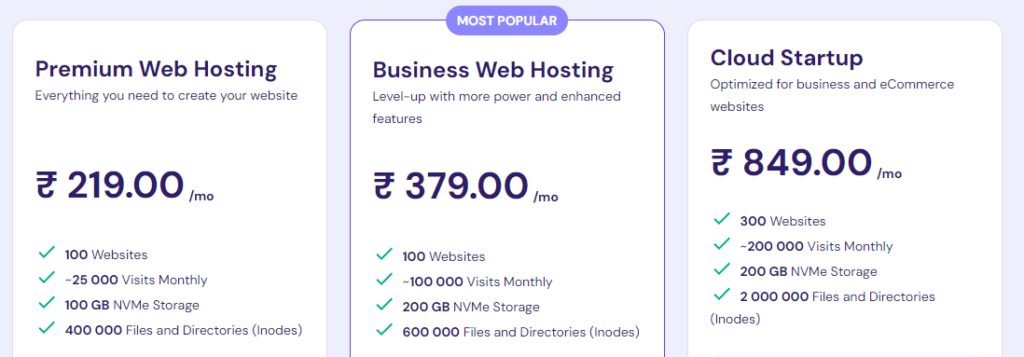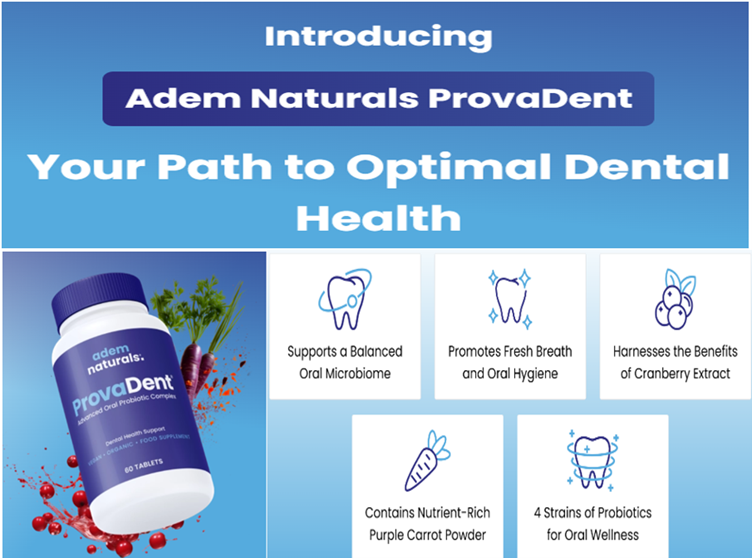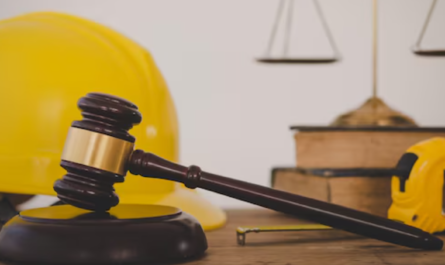🧠 Introduction: A New Era in Workplace Safety
Let’s face it—traditional workplace safety methods can no longer keep up with the speed and complexity of modern work environments. From manufacturing floors to construction sites, hazards evolve in real-time. Enter Artificial Intelligence (AI)—the game-changing force that’s set to revolutionize how we protect workers and prevent accidents.
In this blog, we’ll explore how AI is not just enhancing workplace safety but redefining it entirely. We’ll look at real-world applications, the technologies making it all possible, and how your business can benefit from this next big revolution.
📊 Why Workplace Safety Needs a Revolution
Every year, thousands of workplace injuries and fatalities occur across the globe—many of which could be prevented with proactive measures. According to the International Labour Organization (ILO):
“More than 2.3 million people die each year from work-related accidents or diseases.”
Clearly, safety protocols need more than checklists and hard hats. What’s needed is intelligent systems that predict, adapt, and respond in real-time.
And that’s where AI steps in.
🤖 What Is AI and Why Is It Ideal for Safety?
Artificial Intelligence refers to machines or software that can simulate human intelligence—learning, reasoning, problem-solving, and even decision-making.
When applied to workplace safety, AI offers:
- Predictive analytics for anticipating risks
- Computer vision for identifying unsafe behaviors or conditions
- Natural language processing (NLP) for analyzing incident reports
- Machine learning (ML) for continuous improvement
In short, AI can help organizations shift from reactive safety practices to proactive and preventative ones.
🚧 Key AI Applications in Workplace Safety
Let’s explore the most exciting and impactful ways AI is already transforming workplace safety.
1. 🔍 Predictive Analytics: Preventing Accidents Before They Happen
AI systems can analyze historical incident data, environmental conditions, and human behavior to predict when and where an accident might occur.
How it works:
- AI ingests past safety reports, weather patterns, equipment logs, etc.
- It identifies hidden patterns or correlations
- Managers receive alerts when a high-risk scenario is likely
Example: A factory uses AI to forecast equipment failure, allowing maintenance before a potential explosion.
🧠 Pro Tip: Use AI tools like IBM Watson or Microsoft Azure AI to integrate predictive safety analytics into your systems.
2. 👁️ Computer Vision: Eyes That Never Blink
Computer vision-powered cameras can monitor workers and workspaces 24/7, identifying hazards in real-time.
Use Cases:
- Detecting if workers are wearing PPE (helmets, gloves, vests)
- Monitoring unsafe body postures or fatigue in labor-intensive jobs
- Notifying supervisors of unauthorized access in restricted areas
Real-world example: Construction companies are using AI cameras to track workers on scaffolding and send immediate alerts if safety gear is missing.
🎯 Bonus Tip: Pair AI cameras with thermal sensors to track heat stress in outdoor jobs.
3. 🧠 Smart Wearables: Safety Meets Intelligence
Wearables are no longer just fitness trackers. In workplaces, AI-enhanced wearables offer real-time data on worker health and environment.
What they do:
- Monitor heart rate, oxygen levels, fatigue
- Alert workers and supervisors of heat exhaustion or dehydration
- Detect falls, gas exposure, or dangerous vibrations
Example: A mining company uses AI-powered helmets that warn workers of toxic gas levels, preventing long-term exposure.
💡 Trending Devices: Smart helmets (e.g., DAQRI), exoskeletons, AI vests, and biometric wristbands.
4. 🗣️ Natural Language Processing (NLP): Understanding Safety Reports
AI tools using NLP can analyze written reports, emails, or messages to spot risks or recurring issues faster than human teams ever could.
Benefits:
- Identifies common hazards across departments
- Detects emotional cues of stress or burnout in employee feedback
- Improves the quality and speed of incident investigations
Case study: An oil company uses NLP to analyze near-miss reports, finding hidden dangers before accidents occur.
📘 Try This: Integrate NLP tools like MonkeyLearn or AWS Comprehend into your HR and safety documentation systems.
5. 🧾 Automated Compliance Monitoring
Regulatory compliance is a headache—but AI can automate it.
How:
- Monitors operations in real-time against OSHA or ISO standards
- Flags any deviation instantly
- Automates documentation for audits
Scenario: AI checks whether forklift operators follow all safety SOPs during shifts and automatically reports violations.
✅ Efficiency Tip: Combine AI with blockchain for tamper-proof compliance records.
🧱 AI in Different Industries: A Sector-Wise Snapshot
Here’s how AI is revolutionizing workplace safety across industries:
| Industry | AI Application |
|---|---|
| Construction | Smart helmets, AI cameras for fall detection |
| Manufacturing | Predictive maintenance, robotic safety monitoring |
| Healthcare | AI in hospital hygiene, fatigue monitoring for nurses |
| Mining | Gas leak detection, wearable tracking |
| Warehousing | AI-powered robots avoiding human paths |
| Oil & Gas | NLP for report analysis, automated drone inspections |
💰 ROI of AI in Workplace Safety
Investing in AI might sound expensive, but the returns are enormous:
- Fewer accidents = Lower compensation claims
- Automated monitoring = Reduced human oversight costs
- Data insights = Smarter safety investments
- Better compliance = Avoid penalties
According to McKinsey, companies that adopt AI in safety reduce incidents by up to 40% within the first year.
📈 Smart Move: Start small with pilot programs and scale after validating ROI.
⚖️ Ethical Considerations and Privacy Concerns
While AI enhances safety, it also raises valid concerns:
- Employee surveillance: Is constant monitoring ethical?
- Data privacy: Are health metrics safe from leaks?
- Bias in algorithms: Could AI misidentify risk based on flawed training data?
To address these:
- Maintain transparency with your workforce
- Use anonymized data where possible
- Regularly audit AI systems for fairness and accuracy
🧭 Guiding Principle: AI should empower, not police, your employees.
🚀 Getting Started: How to Implement AI in Workplace Safety
Ready to embrace AI? Here’s a simple step-by-step roadmap:
Step 1: Assess Needs
- Where do the most incidents occur?
- Which processes are labor-intensive or risky?
Step 2: Start Small
- Choose a specific use case: wearables, cameras, or analytics
Step 3: Choose the Right Tools
- Consider trusted vendors or develop in-house solutions
Step 4: Train Your Team
- Make sure staff understand and trust the new tools
Step 5: Monitor and Iterate
- Use AI’s feedback loops to continually improve safety strategies
🎯 Pro Tip: Create a cross-functional task force (HR + IT + Safety Officers) for smoother implementation.
📚 Suggested Tools & Platforms
Here’s a list of AI platforms you can explore:
| Tool | Function |
|---|---|
| IBM Watson | Predictive analytics and compliance |
| Microsoft Azure AI | Real-time insights and automation |
| DAQRI Smart Helmet | Wearable AR safety |
| Soter Analytics | Wearable motion tracking |
| SparkCognition | Industrial AI safety monitoring |
🌟 Future Outlook: What’s Next?
We’re only scratching the surface. The future holds:
- AI-powered robots that can work alongside humans without safety cages
- Drone patrols for large industrial or construction zones
- Real-time emotion AI to detect stress, anxiety, or burnout
As AI matures, workplace safety will evolve from being a static rulebook to a living, learning ecosystem.
🧩 Conclusion: AI Isn’t Replacing Safety Officers—It’s Empowering Them
Think of AI as your new safety assistant—quietly working behind the scenes to anticipate danger, protect employees, and improve efficiency.
Yes, change can be intimidating. But companies that adapt early will not only save lives—they’ll also lead the future of work.
“AI won’t just change how we work—it will change how we stay safe while working.”
💬 What Do You Think?
Is your organization using AI for workplace safety? Are you planning to implement it?
👇 Drop your thoughts in the comments, share this article with your safety team, and let’s start a conversation about the future of safer work environments.
“Start Your Website Journey Today – Exclusive Hostinger Discounts!”

Turn Any Idea into Viral,
Jaw-Dropping AI Videos in Seconds!










